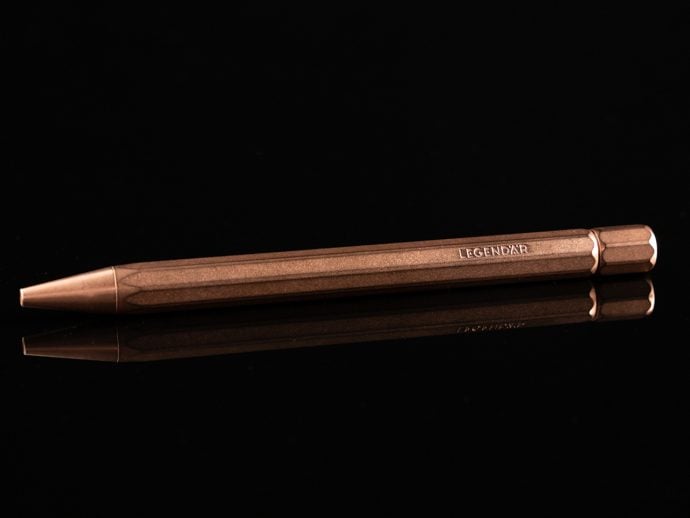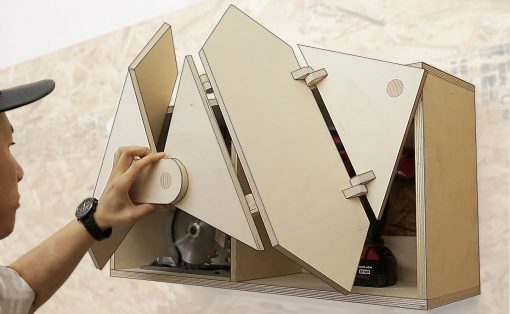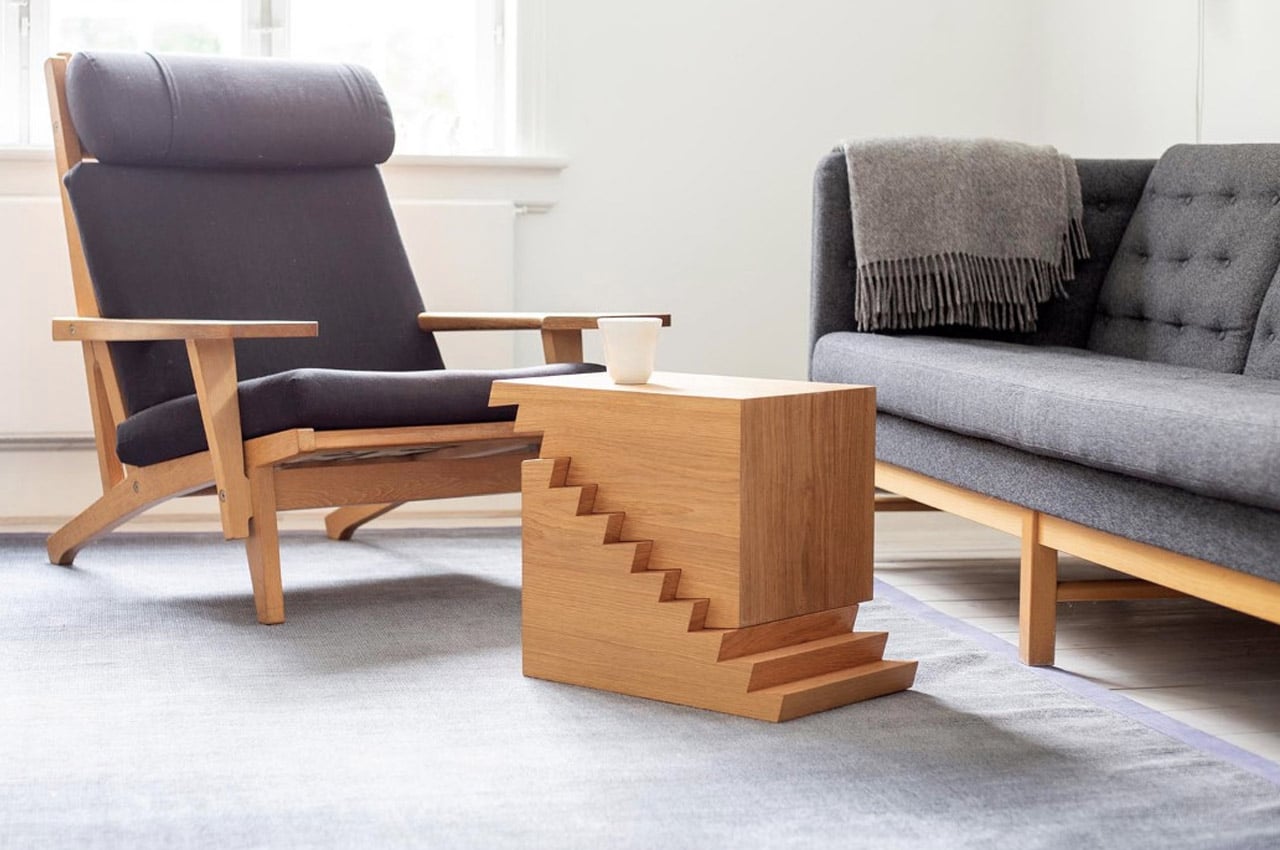
I truly feel a well-crafted piece of wooden furniture can add a magical touch to even the simplest of living spaces! Minimal, clean, and almost always soothing, beautifully designed wooden furniture helps a space radiate an aura of warmth and calmness. They instantly make you feel at home. And, today a lot of designers are adopting ‘Japandi’ aesthetics when designing wooden furniture. So, what is Japandi? It is an amalgamation of the words Japanese and Scandinavian and marries Japanese and Scandinavian aesthetics. It is the artful blending of both Japanese and Scandinavian design. Add wood as the material of choice to this mix, and you have furniture designs that are not only aesthetically but functionally pleasing as well! Incorporate this collection of Japandi-inspired wooden furniture designs into your home, to create a living space that will truly feel like a safe haven.


Bjarke Ballisager’s Together and Apart Table uses a sawtooth cutout pattern to turn the unassuming wooden block into a table that can adjust its height on the fly! “The primary unit consists of two wedges that interlock at a saw-toothed surface, allowing them to fit together at any of many different levels”, says Ballisager, a New York-based designer and architect. The two wedges, made out of solid white oak, can be interlocked in a variety of ways, allowing the product to function as a stool, laptop stand, or even a bedside table, thanks to its ability to match the height you need.


The Flip chair and its inspiration were taken from the feel of sitting on the wind-strewn grass. An intriguing concept and an even more intriguing result! As Chen explains, “Translating the concept into a design vocabulary, we decided to use “flip” as the main axis. Through the flip, the bentwood is made to flow through gradual changes and generate vitality. Finally, the 3D model was drawn by GH to simulate various gradient states and output the detailed design.” The process of steam bending wood is a difficult process already, and the thickness of this piece of wood makes it even more trying. Given multiple trials and repeats, each piece of wood is bent in a unique way and the result is a chair that is also handmade and unique.


This timeless-looking piece is crafted from solid wood finished off with rounded corners that give it an organic form. “We got the three elements from deconstructing traditional wooden cabinets and immovable system furniture,” says award-winning furniture designer Chuang. MOON allows the user to have a flexible lifestyle as this one cabinet serves many different purposes thanks to its modular build. You can combine, assemble, and deconstruct it to fit your space or transform it from storage to seating. Just like the phases of the moon, the shape of this cabinet changes to fit different needs – in fact, it has a little circular cutout detail to symbolize that.
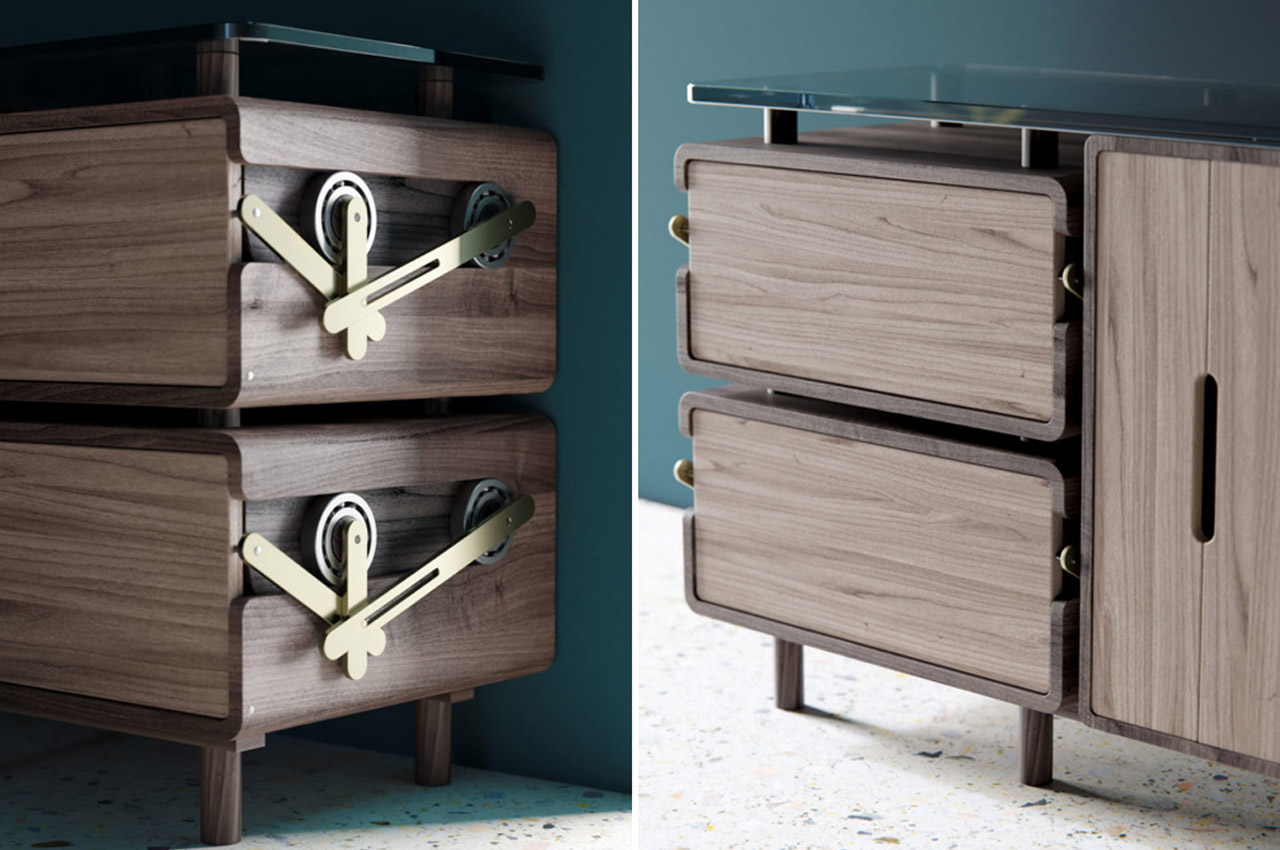

Sideboards are not thought of as dynamic or interactive but this furniture piece adds movement to the otherwise traditionally mundane design. It showcases a technical/mechanical approach to designing a sideboard and uses a combination of bearings + linkages for the sliding mechanism. The fun detail is that these are exposed and add more character to the piece. The front panel swivels over and the linkages push the drawer out. It’s crafted from maple and walnut wood with a glass top which gives it an evergreen aesthetic. The combination of woodwork and mechanics makes it an elegant vintage vibe.


Inspired by the shape of the ampersand, & Chair flows into a natural shape, handmade from a collection of sustainable materials like felt and ash wood. & Chair can be positioned in different placements to change its use‒from upright to horizontal, the & Chair changes function as it changes position. When placed upright, the & Chair morphs into a standing coat rack with ample drawer storage, where smaller items like magazines and umbrellas can be stored. Then, users can bring the & Chair down, allowing it to work as a coffee table with storage space made available through a slot-and-rack system, where magazines and coffee table books can be kept.
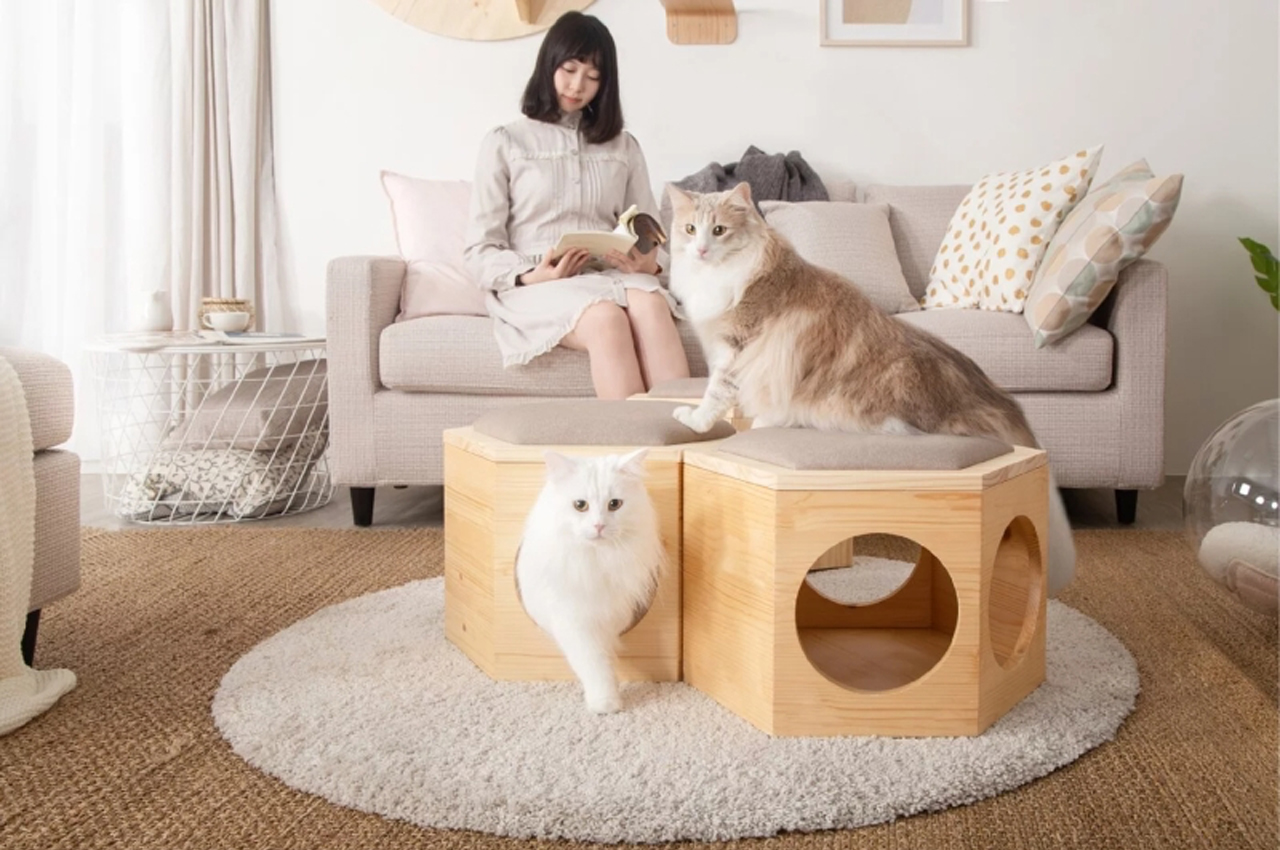
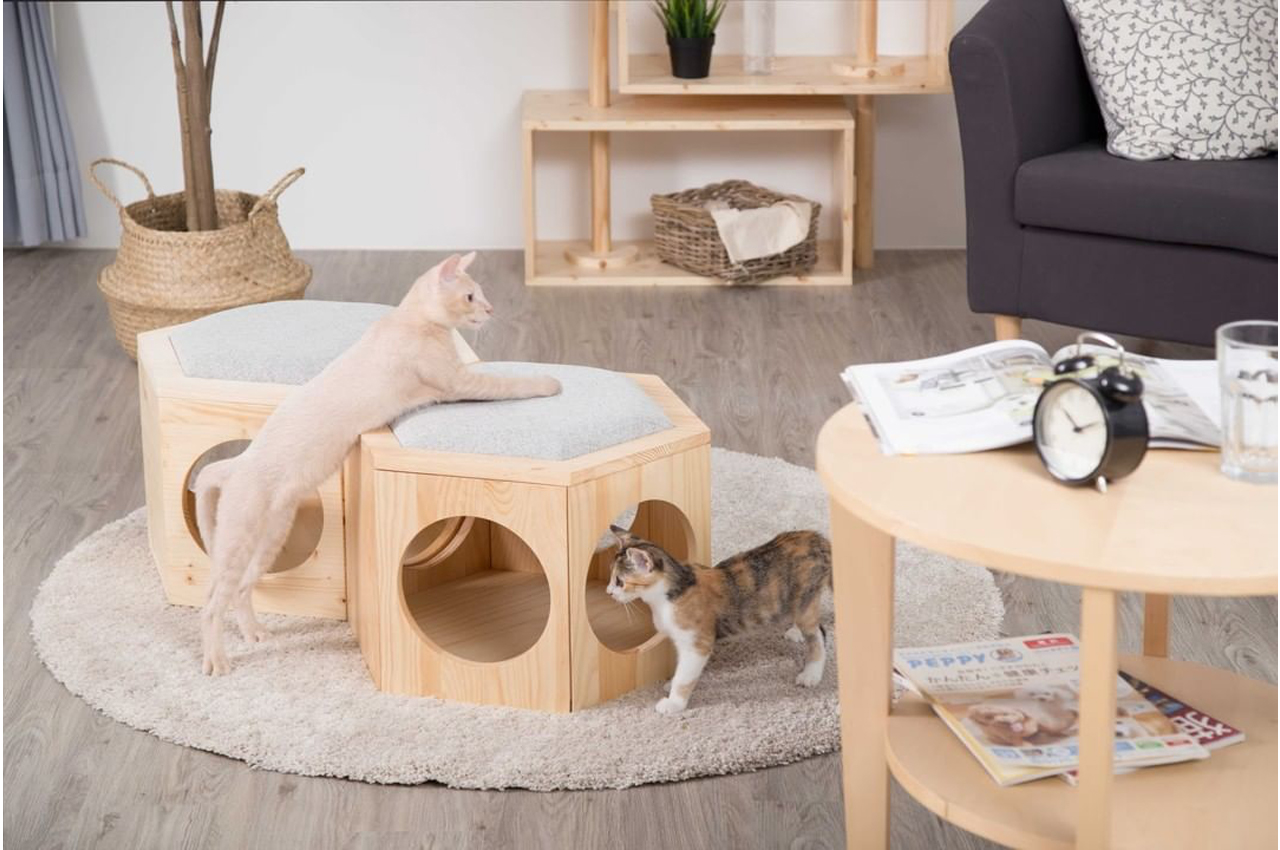
The Cat Chair from Myzoo was designed for the modern home so that your cat can enjoy their own play and rest areas without compromising the interior design of your living room or den. The Cat Chair is a hexagonal piece of furniture where your cat can rest and also explore. Made from pinewood and a high-density sponge, the Cat Chair features a small lower compartment with cubby holes on each side of the stool for cats to slink in and out of as they choose. The lower compartment allows room for the cat to hide away and relax in isolation, while the stool’s sponge cushion provides an open space for the cat to lounge or even sunbathe.
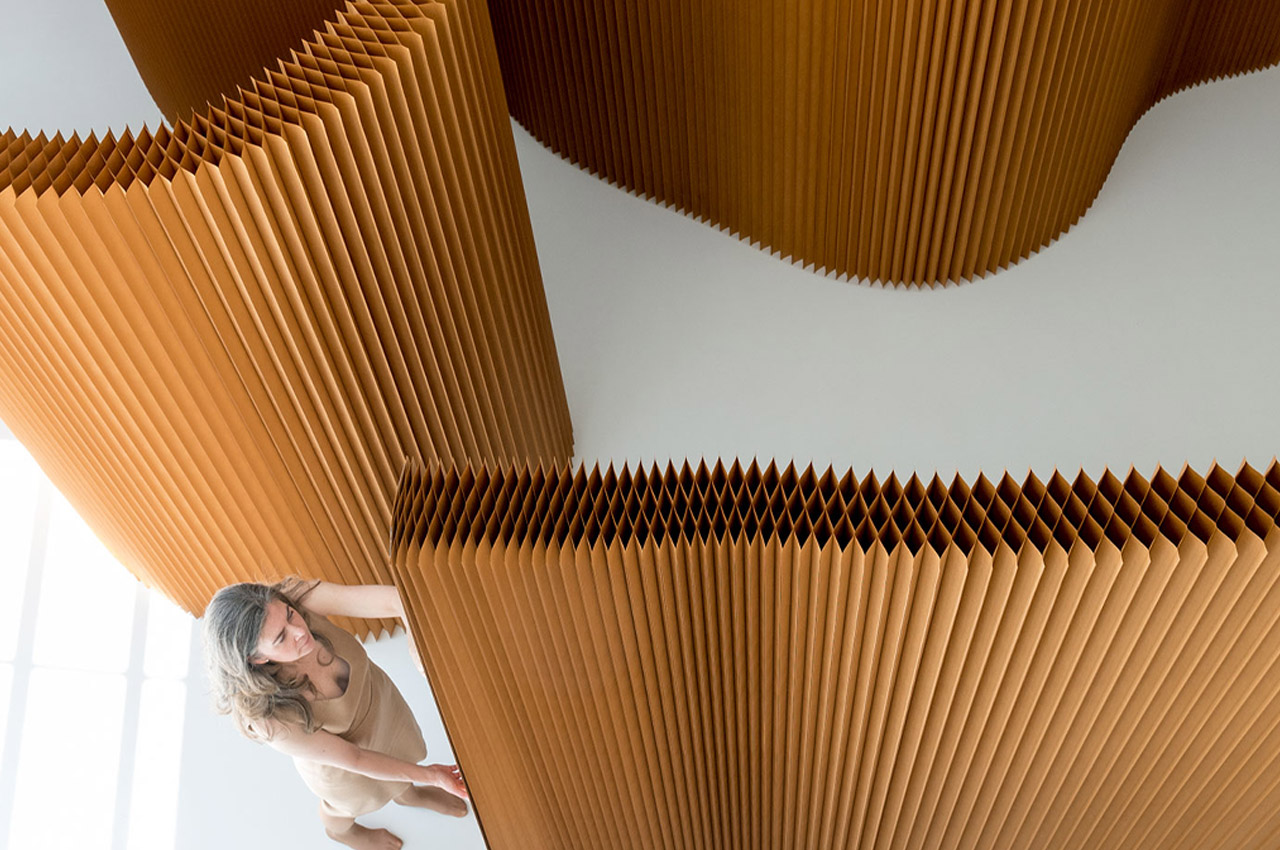
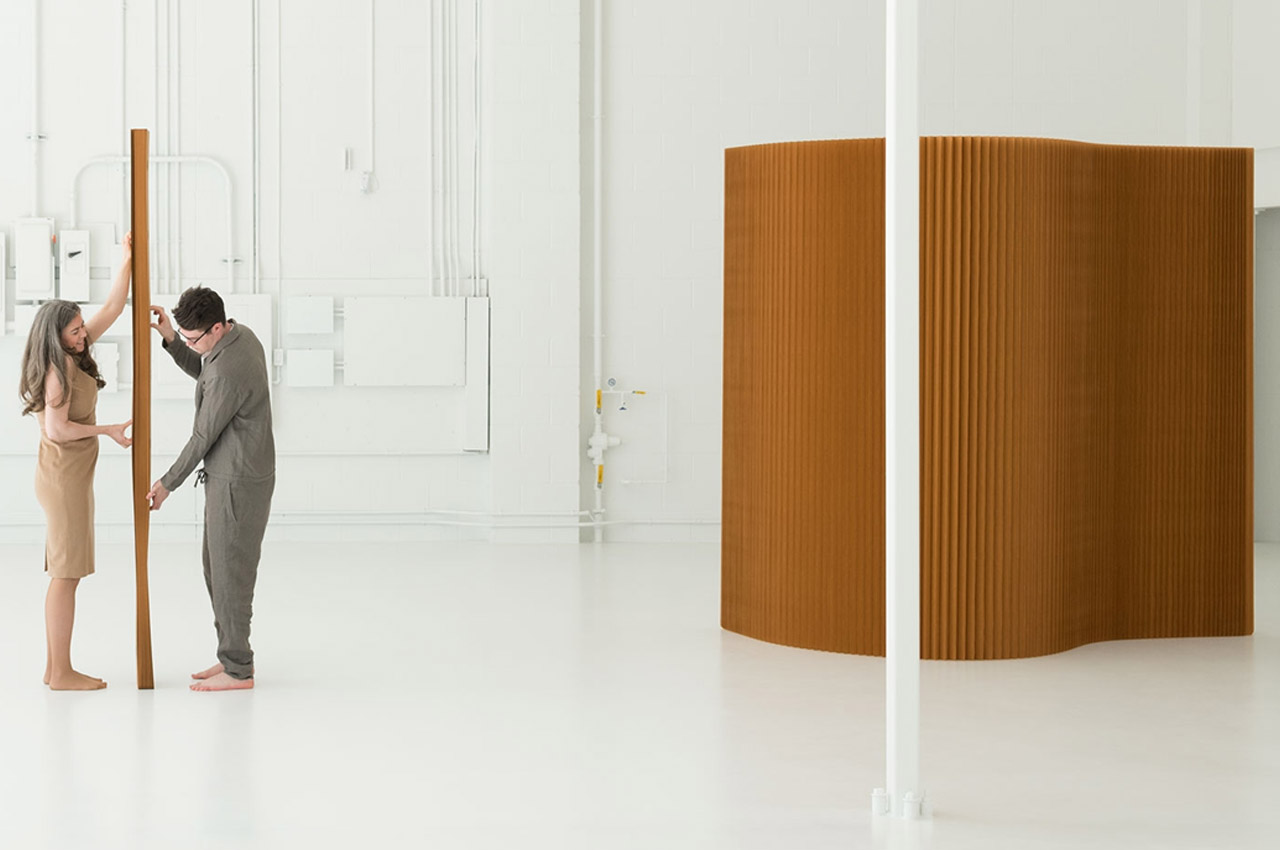
Bringing new life to the room divider, the designers at Molo, a design and production studio led by Stephanie Forsythe and Todd MacAllen, created their own rendition, calling it a paper softwall or folding partition, one that folds and bends, with the flexibility to be shaped in any curved or linear formation, and expands and contracts, like breathing. When expanded, the paper softwall is like a monolithic accordion paper organizer that is surprisingly lightweight and can easily change direction to define private spaces or supply dramatic backdrops for performances.

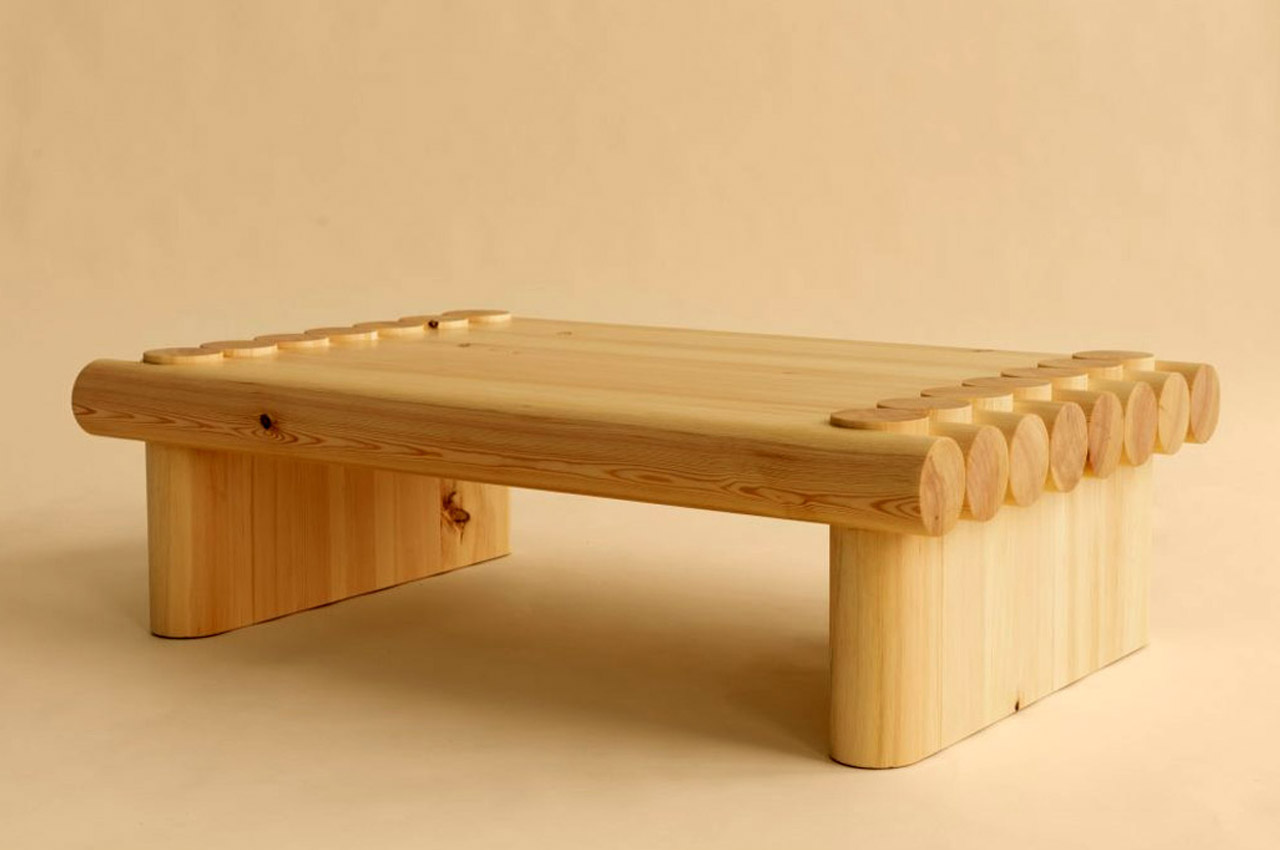
Soft Baroque designed the 005 Coffee Table for Vaarnii. The humbleness and sturdiness of pine are reflected through this delicate coffee table. The joints used to built traditional Finnish log houses were added for a decorative effect to this furniture piece. The minimal and clean Japanese aesthetics and Scandinavian functionality combine to create a simple yet beautiful table that is wholeheartedly Japandi.
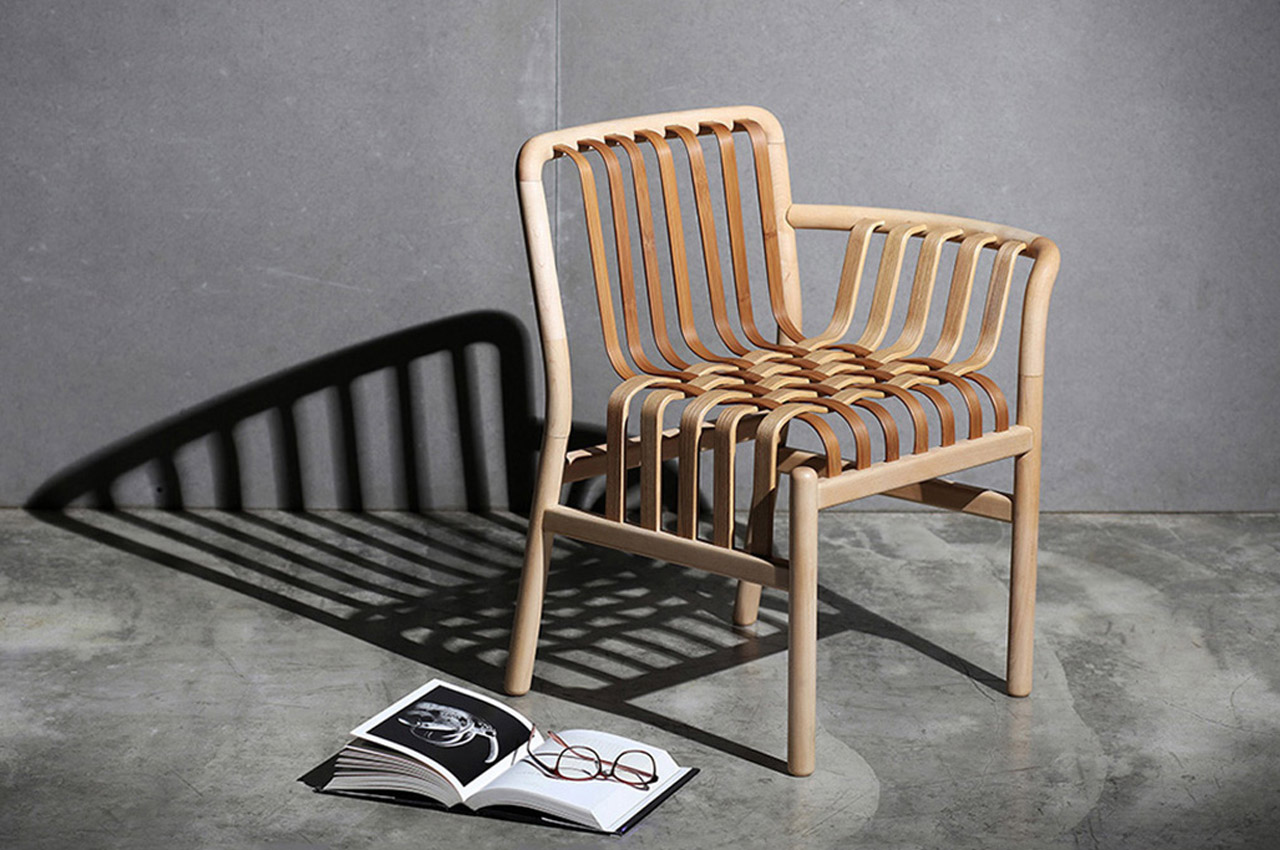
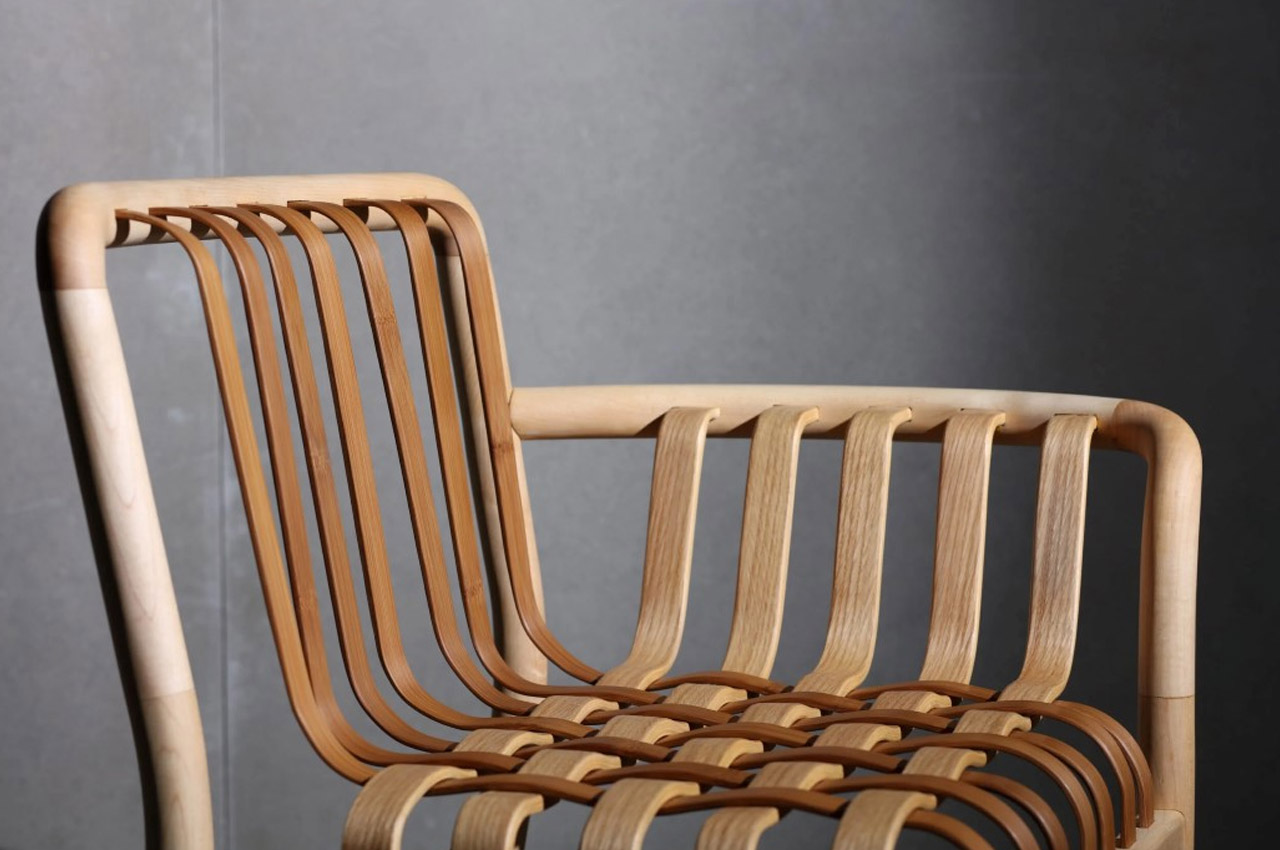
With a name that perfectly describes the chair’s visual style, the Lattice Chair is an interesting single-arm chair made from interwoven strips of wood. Designed for comfort as well as for that interesting aesthetic, the chair comes with a single armrest, allowing you to sit with complete postural flexibility. Its cushion is made from high-quality Taiwanese bamboo strips, known for their excellent toughness. The result is a chair that weighs a mere 4 kilos but can take up to 120 kilos of weight.
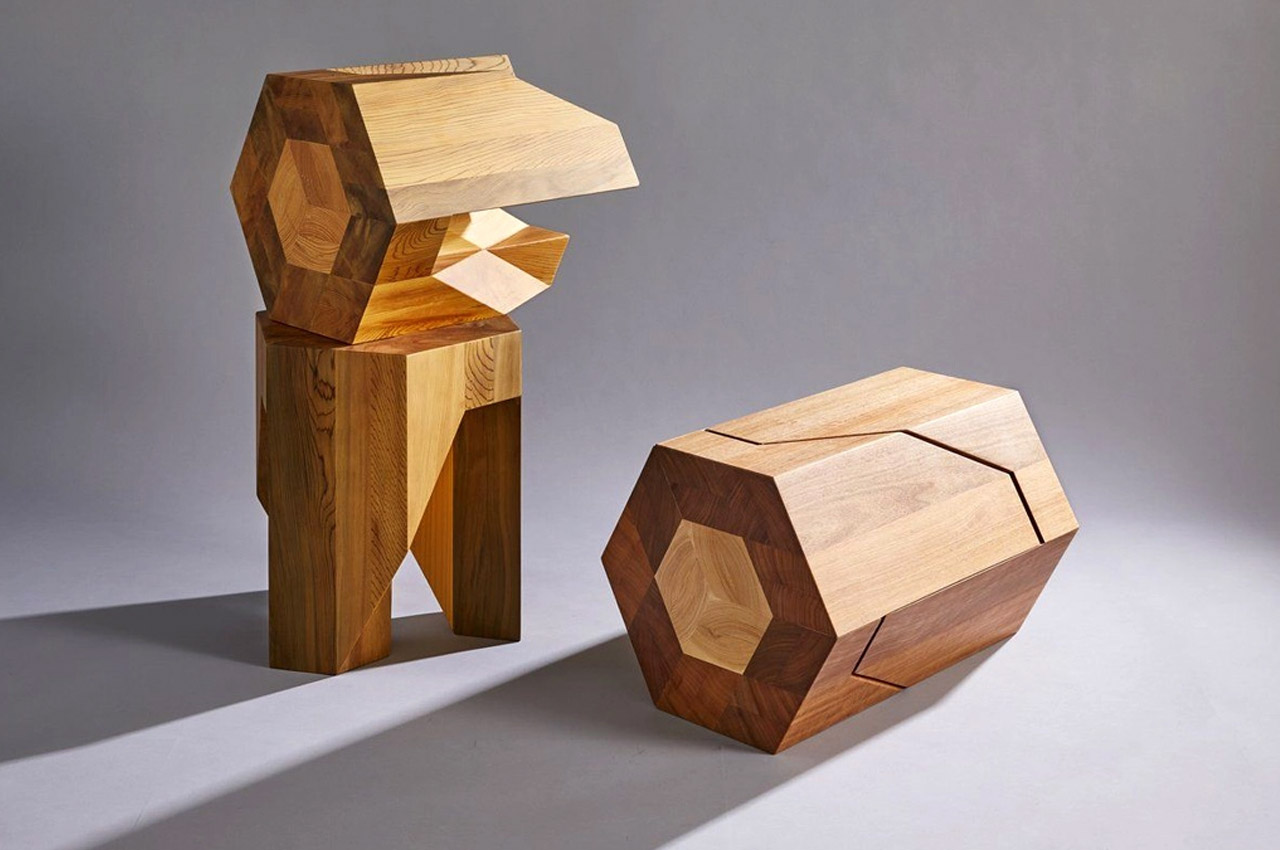

Inspired by traditional Japanese Shinto Kumiki puzzles, this pair of nesting stools feature the Yosegi technique, which is the art of creating exquisite patterns using inlaid wood. TAMEN even utilized the Tsugite technique, which includes bringing together geometric wooden joints, resulting in 12 diamond-shaped columns that effortlessly merge together. Due to these wooden joints and unique columns, both the stools can be combined together to create one space-saving stool! This space-saver can be easily put away for storage. When separated in two, they also function as companion seats or footrests.


